NORTH FORK — Madera County Planning officials held the second community meeting in North Fork last Thursday to discuss the proposed roundabout planned for the intersection of Roads 274 and 225.
Several dozen residents were in attendance to hear more about the project and voice their opinions about the plan to remove the 3-way stop near the Mono Museum, and replace it with a roundabout.
Madera County Public Works Director Ahmad Alkhayyat, and Deputy Director Jared Carter, explained how this project came about and that it is not a “done deal.”
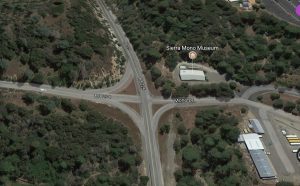
Road 225 and 274 intersection facing east – traffic from the bottom (west) of the photo does not stop
The 4-way intersection – where only 3 legs have to stop – has always been a bit confusing to visitors to the area, and even some who have lived here for decades admit to having blown through the stop sign headed westbound into North Fork. Uphill traffic does not have to stop – something that was implemented to accommodate logging trucks headed up to the mill in South Fork, which has been closed for over 20 years.
The County has taken measures to try and eliminate the danger by putting up a flashing yellow light and signage on the westbound approach, say officials. However, following implementation of those less aggressive measures, the County took a look at more permanent and aggressive alternatives.
“A roundabout was determined to be the best option based on safety and functionality of the intersection, both for near-term and in planning for the future,” said Alkhayyat.
A 3-way stop is a bit of an anomaly – something CHP Commander Hinch said he has never seen in more than two decades with the department.
Though the focus of the meeting was to be an update on the process and the various design options for the center island, it was evident early on that several life-long residents were adamantly opposed to the project, calling the proposal “ridiculous.”
One resident in opposition presented the signatures of 200 people against the project. He also argued that there is never a lot of traffic there, and the number of accidents at the intersection is negligible. Cmdr. Hinch noted that many people involved in less serious accidents don’t report them, they just exchange information and go on their way; so data may not accurately reflect the true number of incidents.
Brittany Dyer, Chief of Staff for District 5 Supervisor Tom Wheeler, said that four of the people who attended the first meeting on the roundabout, held on Mar. 30, reported that they had been injured in accidents at the intersection, requiring physical therapy.
“A lot of folks showed up at that meeting in opposition to the project, but once they heard all the facts, they saw it as a good thing,” said Dyer.
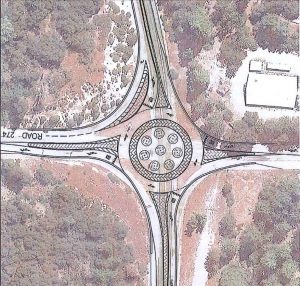 The intent of a roundabout is to serve two purposes, said Carter — to improve air quality by eliminating the stopping and starting of vehicles, and to enhance safety by removing the chance of head-on or t-bone-type accidents.
The intent of a roundabout is to serve two purposes, said Carter — to improve air quality by eliminating the stopping and starting of vehicles, and to enhance safety by removing the chance of head-on or t-bone-type accidents.
Though many have wondered why money is being used for this project rather than fixing roads in need of repair, Carter explained that the funding available for the roundabout comes from sources that are restricted to uses that improve air quality or provide environmental enhancement, and cannot be used for any other purpose, including repair or maintenance projects.
When asked why the “hump” on the approach from South Fork isn’t being removed, Alkhayyat said that had been evaluated, and the cost was just too high.
“They would have to cut back into the hillside on both sides at least 30 feet in order to create the proper slope to make that feasible,” he said.
Proposed center island designs for the roundabout all include a raised mound in the middle with installation elements aimed at providing greater visibility as vehicles approach. The plan also includes lighting at four points around the circle and incorporates the Native American cultural monument that sits on the northeast corner (though it is currently off-site for repairs).
 As to the safety issue at the intersection, it was noted that roundabouts have been shown to reduce accidents, versus stop-controlled intersections, by 35-37 percent, and reduce injury accidents by 72-87 percent. Rural roundabouts in particular have been shown to reduce all accidents by 62 percent, and injury accidents by 85 percent. There are 32 potential conflict points in a 4-way stop, and only 8 in a roundabout.
As to the safety issue at the intersection, it was noted that roundabouts have been shown to reduce accidents, versus stop-controlled intersections, by 35-37 percent, and reduce injury accidents by 72-87 percent. Rural roundabouts in particular have been shown to reduce all accidents by 62 percent, and injury accidents by 85 percent. There are 32 potential conflict points in a 4-way stop, and only 8 in a roundabout.
Why not just put a stop light there? According to County officials, the primary reason is safety.
“Roundabouts have been statistically proven to be safer for the traveling public than traffic signals and stop controlled intersections. Additionally, roundabouts have a much lower maintenance and operations cost than traffic signals.
“Roundabouts are also more efficient when it comes to traffic handling (circulation), which results in air quality improvements.”
The $1.86 million project would be funded from two sources – 70 percent from a grant secured from the federal Congestion Mitigation and Air Quality (CMAQ) Program, and 30 percent from the Environmental Enhancement portion of the Measure T funds. No General Fund dollars are being used.
There have been questions about how this design will accommodate large trucks, school buses and snow plows.
“The roundabout project is being designed for the largest legal truck in the industry (over 68 feet long) – this will allow the roundabout to accommodate large buses and/or logging trucks,” say officials.
“Additionally, the slope of the approach roadways has been considered, and while the allowable grade is 16 percent by standard, the proposed grade will be approximately 11 ‐ 12 percent. The roundabout will not prohibit snow removal operations, and may even allow for the plowing to be performed in a more efficient manner.”
While the debate continues among residents as to whether or not they like the idea, the implementation of roundabouts into traffic pattern designs is now becoming fairly standard across the country. This would be the first one in Madera County.
The project design is now 90 percent complete, and authorization for the CMAQ funding was completed on Oct. 20.
The project is not a “done deal,” says Carter. It must first be approved by the Board of Supervisors, which is expected to vote on the project in the next 2-3 months. If approved, the County will advertise and award the construction contract shortly thereafter, with construction taking place in the spring and summer of 2018.
https://sierranewsonline.com/residents-learn-more-about-north-fork-roundabout/

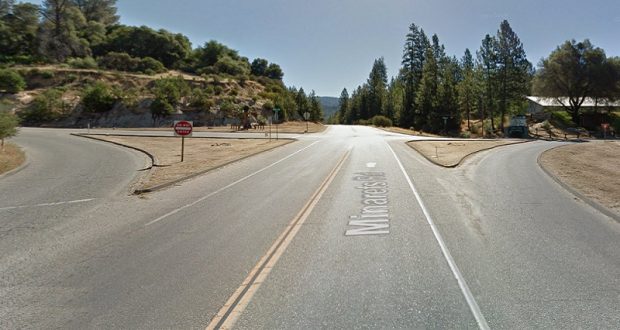
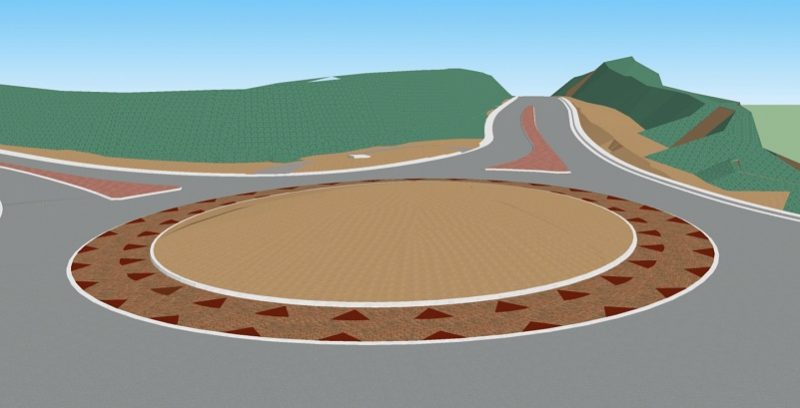
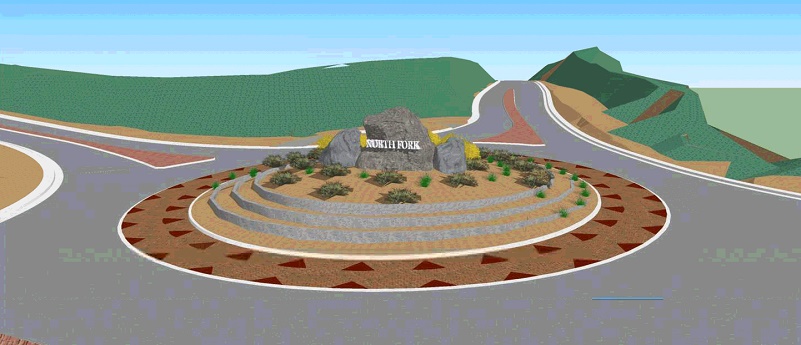



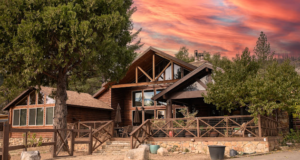
People using the road make mistakes, always have and always will. Crashes will always be with us, but they need not result in fatalities or serious injury. Modern roundabouts are the safest form of intersection in the world – the intersection type with the lowest risk of fatal or serious injury crashes – (much more so than comparable signals). Modern roundabouts require a change in speed and alter the geometry of one of the most dangerous parts of the system – intersections. The reduction in speed and sideswipe geometry mean that, more often than not, when a crash does happen at a modern roundabout, you usually need a tow truck, not an ambulance. Roundabouts are one of nine proven road safety features (FHWA).
The life saved may be your own.